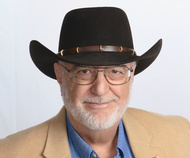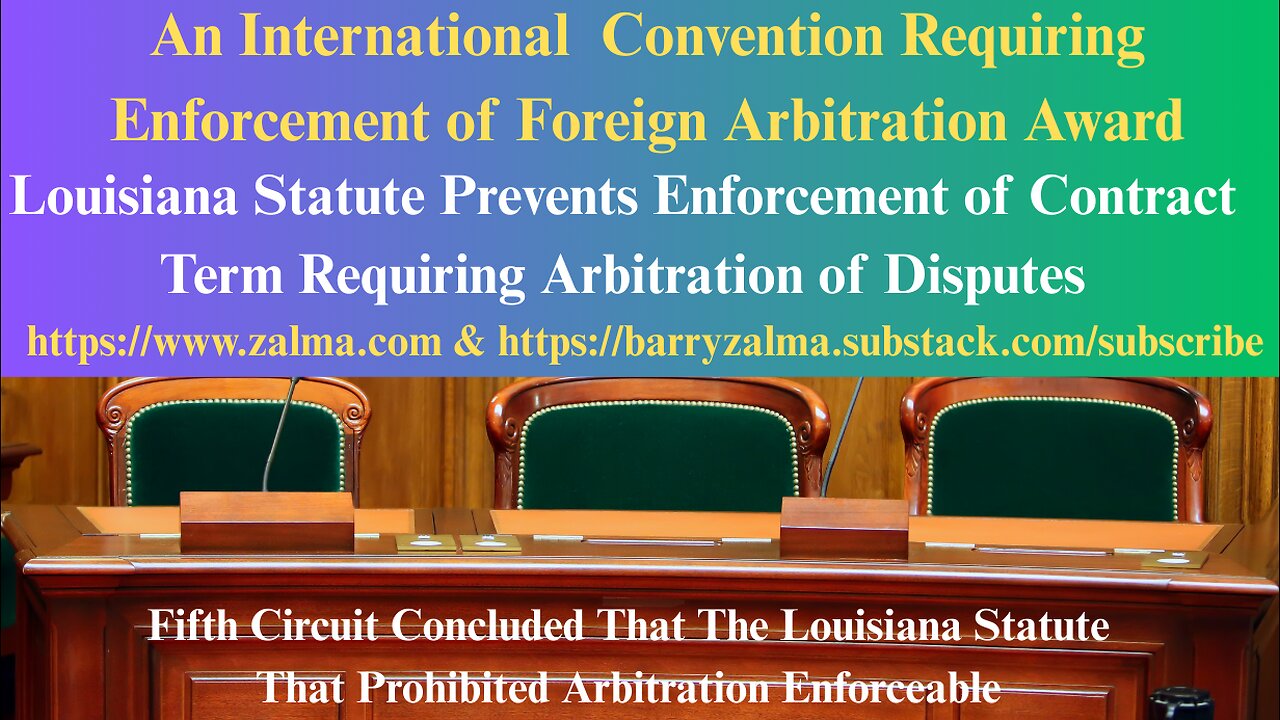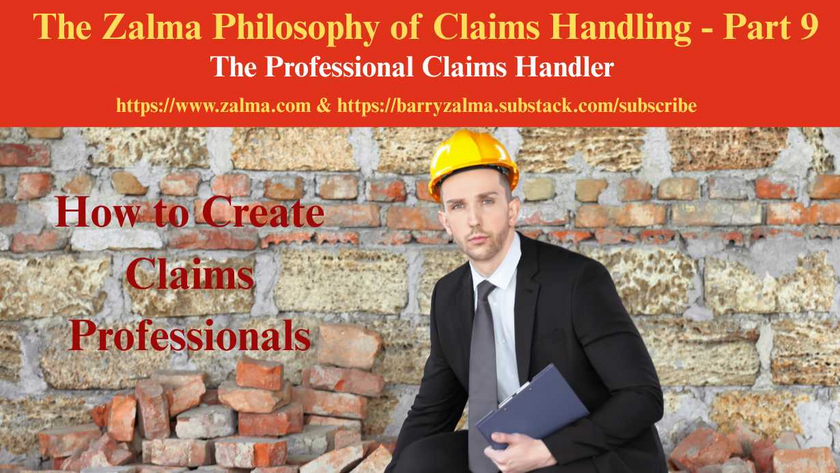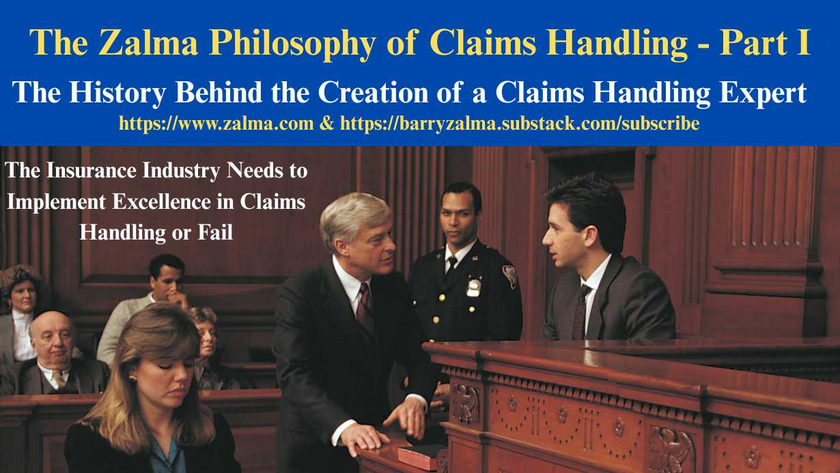
Successor Corporation Responsible for Acts of Predecessor
Read the full article at https://lnkd.in/g3VyWgQh and at https://zalma.com/blog plus more than 4150 posts.
A public nuisance suit in which a number of former manufacturers of lead paint were ordered to pay $1.15 billion into a fund to be used to abate the public nuisance created by interior residential lead paint in 10 California jurisdictions. The question presented to the Court of Appeal was whether the trial court correctly determined that ConAgra Grocery Products Company (ConAgra), as successor to paint manufacturer W.P. Fuller & Co. (Fuller), was not entitled to indemnity from its insurers for its payment to the abatement fund due to Insurance Code section 533 which provides that insurers are not liable for losses caused by a willful act of the insured.
In Certain Underwriters At Lloyd's London et al. v. Conagra Grocery Products Company et al., A160548, California Court of Appeals, First District, Second Division (April 19, 2022) resolved the dispute over the application of California Insurance Code Section 533's prohibition of coverage for intentional acts whether written into the contract of insurance or not.
BACKGROUND
The County of Santa Clara joined in a class action complaint against a number of lead paint manufacturers. The final form of the complaint alleged that the presence of lead in paint and coatings in and around homes and buildings in California created a massive public health crisis and that defendants created and/or assisted in the creation of this nuisance by, among other things, promoting lead for interior and exterior use despite having known for nearly a century that such use of lead was hazardous to human beings.
Following a trial in 2013, the trial court found ConAgra and two other companies (NL Industries, Inc. and the Sherwin-Williams Company) jointly and severally liable and ordered establishment of a fund dedicated to abatement of lead paint in pre-1978 homes in the 10 jurisdictions represented in the case. The court required the three companies to pay $1.15 billion into the abatement fund. After another appeal, on remand, the trial court recalculated the amount to be paid into the abatement fund to $409 million. After an offset for payment by another lead paint manufacturer no longer in the case, the total amount to be paid into the fund was reduced to $401,122,482.
On July 10, 2019, the parties executed a settlement agreement under which ConAgra, NL Industries, Inc. and Sherwin-Williams Company each agreed to pay $101,666,666 in full satisfaction of any and all claims.
Certain Underwriters at Lloyd's London and other insurers sought declaratory relief, seeking a determination that they had no coverage obligation to ConAgra with respect to or arising from this case under policies issued to ConAgra and/or its predecessor companies.
SUMMARY JUDGMENT
The insurers moved for summary judgment or, in the alternative, summary adjudication arguing they had no duty to provide coverage for four reasons:
section 533 prohibits coverage for ConAgra's intentional promotion of lead paint or interior; residential use with actual knowledge of the health hazard that would result;
there was no "occurrence" within the meaning of the policies because the harm was expected or intended and not accidental;
the abatement remedy was not liability for "damages" or an "expense" under the policies; and/or
ConAgra's liability was not "because of" or "on account of" "bodily injury," "property damage" and/or "personal injury" under the policies.
The trial court granted summary judgment in favor of the insurers, holding that Insurance Code section 533 precluded coverage as a matter of law because it precludes indemnification for liability arising from deliberate conduct that the insured expected or intended to cause damage a willful act of insured includes an act intentionally performed with knowledge that damage is highly probable.
Courts in the underlying litigation clearly and repeatedly found that Fuller intentionally promoted lead paint with knowledge that damage to children was at least highly probable. The court specifically rejected ConAgra's arguments that it was only Fuller's purported' successor; that ConAgra, as successor, could be insulated from its predecessor's knowledge and that the scienter findings in the underlying litigation were insufficient to meet the willfulness standard in section 533; that Fuller's conduct was merely reckless; that the insurers were required to, and did not, prove Fuller's senior managers knew the hazards of lead paint.
DISCUSSION
Section 533 provides that:
[a]n insurer is not liable for a loss caused by the wilful act of the insured; but he is not exonerated by the negligence of the insured, or of the insured's agents or others." Section 533 is an implied exclusionary clause which by statute is to be read into all insurance policies. [J.C. Penney Casualty Ins. Co. v. M.K. (1991) 52 Cal.3d 1009, 1019 (Penney)] The statute reflects a fundamental public policy of denying coverage for willful wrongs and discouraging willful torts.
The public policy against insurance for losses resulting from such willful wrongful acts is justified by the assumption that such acts would be encouraged, or at least not dissuaded, if insurance were available to shift the financial burden of the loss from the wrongdoer to the insurer. As a statutory exclusion, section 533 is not subject to the rule of strict construction against an insurer; instead, the court must construe it according to the Legislature's intent, for which it refers first to the words of the statute.
Section 533 precludes indemnification for liability arising from deliberate conduct that the insured expected or intended to cause damage. The appropriate test for “expected” damage is whether the insured knew or believed its conduct was substantially certain or highly likely to result in that kind of damage.
ConAgra was found liable in the underlying case as corporate successor to Fuller; ConAgra itself played no role in the lead paint business. ConAgra was held liable as Fuller's corporate successor through a series of mergers and consolidations and Fuller's liabilities flowed from Hunt to Norton Simon and through it to ConAgra. That determination is final and binding.
As successor to Fuller through a series of mergers, ConAgra became liable for the public nuisance created by Fuller's conduct and, therefore, stands in Fuller's shoes for purposes of section 533. ConAgra provides no support for its contention that section 533 could not be found to apply in this case absent proof that specific promotions by Fuller directly resulted in the need for inspection or abatement in each home for which ConAgra was held liable for payment.
The underlying litigation conclusively established ConAgra's liability for public nuisance based on Fuller's intentional promotion of lead paint for interior residential use with knowledge of the danger such use would create.
The question under section 533 is whether the loss for which an insured seeks indemnity was caused by a willful act of the insured. The loss at issue here is the amount ConAgra paid into the abatement fund due to its liability for creating the public nuisance. The insurers' duty to indemnify is determined by the actual basis of liability imposed on the insured, here, liability for public nuisance as successor to Fuller, whose conduct was a substantial factor in creating the nuisance.
The trial court viewed the findings that Fuller knew that lead paint used on the interiors of homes would deteriorate and lead dust resulting from this deterioration would poison children and cause serious injury satisfied section 533's willfulness standard.
ConAgra was found liable for creation of a public nuisance, not for specific injuries to specific properties. Because this type of nuisance action does not seek damages but rather abatement, a plaintiff may obtain relief before the hazard causes any physical injury or physical damage to property.
The underlying litigation established that Fuller-the corporate entity-had actual knowledge of the harms associated with lead paint when it promoted lead paint for interior residential use. This actual knowledge finding necessarily meant that Fuller acted with knowledge that lead paint was "substantially certain" or "highly likely" to result in the hazard found to exist in the underlying litigation, and therefore established the willful act required to trigger section 533 prohibition against insurance coverage.
An insurer's duty to indemnify is determined by the actual basis of liability imposed on the insured. Since the findings establishing that liability also establish the willful act required for application of section 533, ConAgra's position is untenable.
ZALMA OPINION
Insurance, by definition, only provides indemnification to an insured for contingent or unknown events. California, by enacting Section 533 added to every contract of liability insurance an exclusion for the wilful act of the insured. Since the underlying actions established that the acts complained of - intentionally selling lead-based paint for use in dwellings - with knowledge of its danger, established that the conduct was wilful and excluded by Section 533.
(c) 2022 Barry Zalma & ClaimSchool, Inc.
Barry Zalma, Esq., CFE, now limits his practice to service as an insurance consultant specializing in insurance coverage, insurance claims handling, insurance bad faith and insurance fraud almost equally for insurers and policyholders. He practiced law in California for more than 44 years as an insurance coverage and claims handling lawyer and more than 54 years in the insurance business. He is available at http://www.zalma.com and [email protected].
Subscribe to Zalma on Insurance at locals.com https://zalmaoninsurance.local.com/subscribe.
Subscribe to Excellence in Claims Handling at https://barryzalma.substack.com/welcome.
Write to Mr. Zalma at [email protected]; http://www.zalma.com; http://zalma.com/blog; daily articles are published at https://zalma.substack.com.
Go to the podcast Zalma On Insurance at https://anchor.fm/barry-zalma; Follow Mr. Zalma on Twitter at https://twitter.com/bzalma; Go to Barry Zalma videos at Rumble.com at https://rumble.com/c/c-262921; Go to Barry Zalma on YouTube- https://www.youtube.com/channel/UCysiZklEtxZsSF9DfC0Expg; Go to the Insurance Claims Library – https://zalma.com/blog/insurance-claims-library/
Detail Charging Defendant for Fraud is Sufficient
Post 5242
Read the full article at https://lnkd.in/g_HVw36q, see the video at https://lnkd.in/gpBd-XTg and at https://lnkd.in/gzCnBjgQ and at https://zalma.com/blog plus more than 5200 posts.
Charges that Advises the Defendant of the Crime Cannot be Set Aside
In United States Of America v. Lourdes Navarro, AKA Lulu, No. 25-661, United States Court of Appeals, Ninth Circuit (December 4, 2025) Lourdes Navarro appealed the district court’s denial of her motion to dismiss the indictment and enter final judgment was in error.
FACTUAL BACKGROUND
The indictment alleged that insurers reimburse only for medically necessary services. Navarro performed unnecessary respiratory pathogen panel (RPP) tests on nasal swabs collected from asymptomatic individuals for COVID-19 screening.
Navarro billed over $455 million to insurers for those additional RPP tests that she knew to be medically unnecessary. These allegations constituted a plain, concise, and definite written ...
Louisiana Statute Prevents Enforcement of Contract Term Requiring Arbitration of Disputes
Post 5241
Read the full article at https://www.linkedin.com/pulse/international-convention-requiring-enforcement-award-barry-sttdc, see the video at and at and at https://zalma.com/blog plus more than 5200 posts.
In Town of Vinton v. Indian Harbor Insurance Company, Nos. 24-30035, 24-30748, 24-30749, 24-30750, 24-30751, 24-30756, 24-30757, United States Court of Appeals, Fifth Circuit (December 8, 2025) municipal entities including the Town of Vinton, et al sued domestic insurers after dismissing foreign insurers with prejudice. The insurers sought arbitration under the Convention on the Recognition and Enforcement of Foreign Arbitral Awards (the “Convention”) but the court held Louisiana law — prohibiting arbitration clauses in such policies—controls, as the Convention does not apply absent foreign parties who ...

Refusal to Provide Workers’ Compensation is Expensive
Post 5240
Read the full article at https://lnkd.in/guC9dnqA, see the video at https://lnkd.in/gVxz-qmk and at https://lnkd.in/gUTAnCZw, and at https://zalma.com/blog plus more than 5200 posts.
In Illinois Department of Insurance, Insurance Compliance Department v.USA Water And Fire Restoration, Inc., And Nicholas Pacella, Individually And As Officer, Nos. 23WC021808, 18INC00228, No. 25IWCC0467, the Illinois Department of Insurance (Petitioner) initiated an investigation after the Injured Workers’ Benefit Fund (IWBF) was added to a pending workers’ compensation claim. The claim alleged a work-related injury during employment with the Respondents who failed to maintain workers’ compensation Insurance.
Company Overview:
USA Water & Fire Restoration, Inc. was incorporated on January 17, 2014, and dissolved on June 14, 2019, for failure to file annual reports and pay franchise taxes. It then operated under assumed names including USA Board Up & Glass Co. and USA Plumbing and Sewer. The business ...
Zalma’s Insurance Fraud Letter
Read the full article at https://lnkd.in/dG829BF6; see the video at https://lnkd.in/dyCggZMZ and at https://lnkd.in/d6a9QdDd.
ZIFL Volume 29, Issue 24
Subscribe to the e-mail Version of ZIFL, it’s Free! https://visitor.r20.constantcontact.com/manage/optin?v=001Gb86hroKqEYVdo-PWnMUkcitKvwMc3HNWiyrn6jw8ERzpnmgU_oNjTrm1U1YGZ7_ay4AZ7_mCLQBKsXokYWFyD_Xo_zMFYUMovVTCgTAs7liC1eR4LsDBrk2zBNDMBPp7Bq0VeAA-SNvk6xgrgl8dNR0BjCMTm_gE7bAycDEHwRXFAoyVjSABkXPPaG2Jb3SEvkeZXRXPDs%3D
Zalma’s Insurance Fraud Letter (ZIFL) continues its 29th year of publication dedicated to those involved in reducing the effect of insurance fraud. ZIFL is published 24 times a year by ClaimSchool and is written by Barry Zalma. It is provided FREE to anyone who visits the site at http://zalma.com/zalmas-insurance-fraud-letter-2/
Zalma’s Insurance Fraud Letter
Merry Christmas & Happy Hannukah
Read the following Articles from the December 15, 2025 issue:
Read the full 19 page issue of ZIFL at ...
The Professional Claims Handler
Post 5219
Posted on October 31, 2025 by Barry Zalma
An Insurance claims professionals should be a person who:
Can read and understand the insurance policies issued by the insurer.
Understands the promises made by the policy.
Understand their obligation, as an insurer’s claims staff, to fulfill the promises made.
Are competent investigators.
Have empathy and recognize the difference between empathy and sympathy.
Understand medicine relating to traumatic injuries and are sufficiently versed in tort law to deal with lawyers as equals.
Understand how to repair damage to real and personal property and the value of the repairs or the property.
Understand how to negotiate a fair and reasonable settlement with the insured that is fair and reasonable to both the insured and the insurer.
How to Create Claims Professionals
To avoid fraudulent claims, claims of breach of contract, bad faith, punitive damages, unresolved losses, and to make a profit, insurers ...

The History Behind the Creation of a Claims Handling Expert
The Insurance Industry Needs to Implement Excellence in Claims Handling or Fail
Post 5210
This is a change from my normal blog postings. It is my attempt. in more than one post, to explain the need for professional claims representatives who comply with the basic custom and practice of the insurance industry. This statement of my philosophy on claims handling starts with my history as a claims adjuster, insurance defense and coverage lawyer and insurance claims handling expert.
My Training to be an Insurance Claims Adjuster
When I was discharged from the US Army in 1967 I was hired as an insurance adjuster trainee by a professional and well respected insurance company. The insurer took a chance on me because I had been an Army Intelligence Investigator for my three years in the military and could use that training and experience to be a basis to become a professional insurance adjuster.
I was initially sat at a desk reading a text-book on insurance ...














